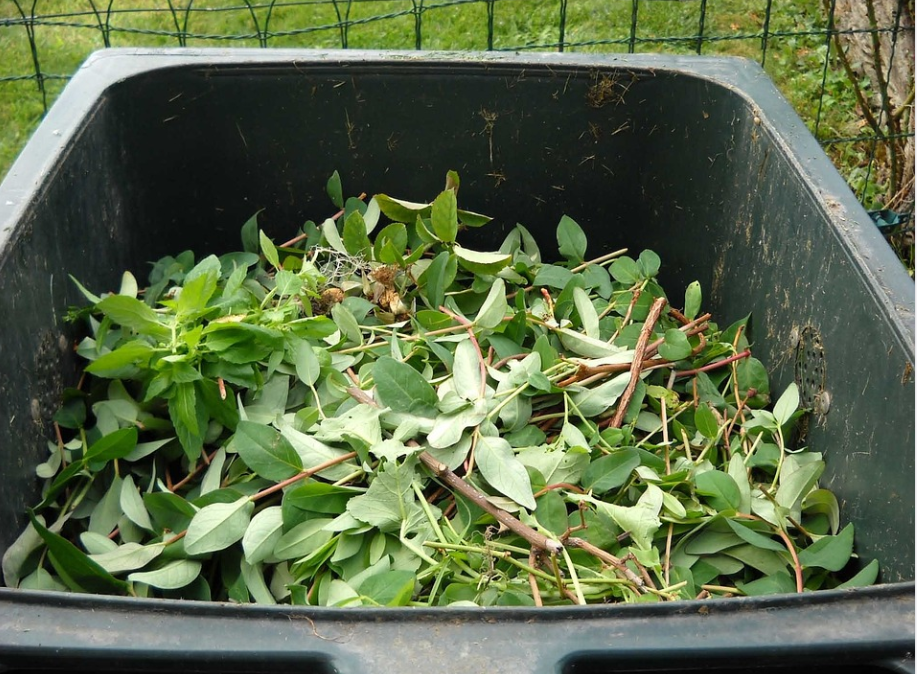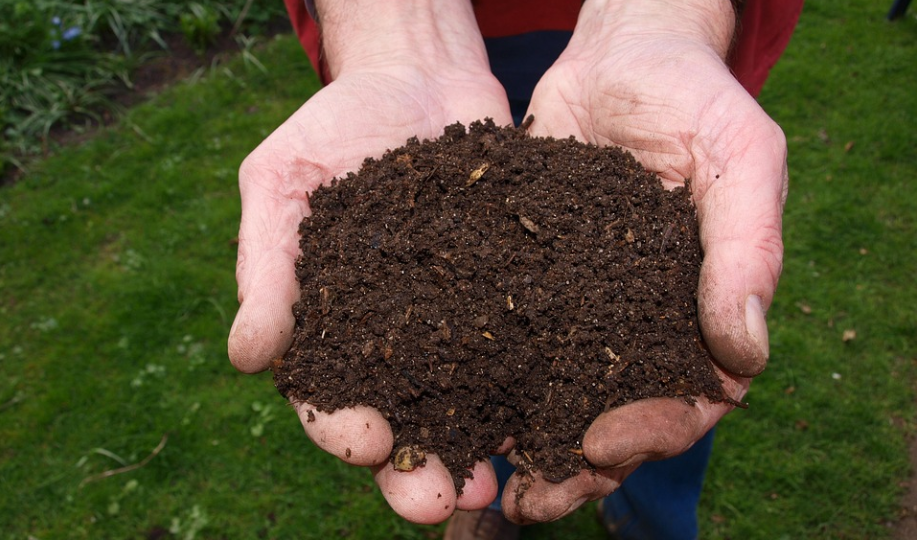Composting is a great option if you’re looking for a way to reduce your environmental impact. Composting breaks down organic matter into compost, which can be used as fertilizer for plants. There are many different methods of composting, and each has its own benefits and drawbacks. This blog post will discuss some of the most common composting methods. We will also discuss each method’s benefits and disadvantages so you can decide which one is best for you. You can read more to find the best composting bins australia and reduce emissions while creating a sustainable way of living.
Aerated Static Pile Composting
 Aerated static pile composting method uses forced oxygen and moisture to speed up the decomposition process. This method requires very little maintenance, as it only needs to be turned or aerated every few weeks.
Aerated static pile composting method uses forced oxygen and moisture to speed up the decomposition process. This method requires very little maintenance, as it only needs to be turned or aerated every few weeks.
However, if not managed properly, it can cause odor issues due to anaerobic bacteria in a pile. Also, this method takes longer to produce compost than other methods.
Vermicomposting
Another popular composting method is vermicomposting, which uses worms to speed up the decomposition process. Vermicomposting requires very little maintenance and has no odor if appropriately managed. It is also a great way to reduce waste since food scraps can be added directly to the pile without pre-processing. However, it is essential to note that vermicomposting requires specific conditions to be successful, such as moisture and temperature control.
Tumbler Composting
 Tumble composting is a method of composting using an enclosed container with aeration holes and a paddle or crank that allows you to mix the pile. This composting method is great for those who want a quick and easy composting solution, as it requires very little maintenance and can produce compost in about two weeks.
Tumble composting is a method of composting using an enclosed container with aeration holes and a paddle or crank that allows you to mix the pile. This composting method is great for those who want a quick and easy composting solution, as it requires very little maintenance and can produce compost in about two weeks.
However, this method does not allow you to add large amounts of materials simultaneously, which may be an issue for some.
Bokashi Composting
Lastly, bokashi composting is a method that uses beneficial microbes to speed up the decomposition process. This method requires no turning or aeration and can produce compost in as little as two weeks. However, this method requires special materials such as bokashi bran or EM-1 solution to succeed.
No matter which method of compost making process you choose, it is important to remember that all forms require proper maintenance and care to succeed. Each method has its benefits and drawbacks, so do your research before choosing one. Composting can reduce your environmental impact and create nutrient-rich soil for your plants. So get composting.…

